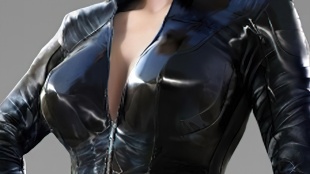实名
发布于
2022-8-12 10:11:43
通过了实名认证的内容创造者
| |
|
有时候,坚持了你最不想干的事情之后,会得到你最想要的东西。
|
|
|
使用道具
<
|
|













